- Document History
- Subscribe to RSS Feed
- Mark as New
- Mark as Read
- Bookmark
- Subscribe
- Printer Friendly Page
- Report to a Moderator
- Subscribe to RSS Feed
- Mark as New
- Mark as Read
- Bookmark
- Subscribe
- Printer Friendly Page
- Report to a Moderator
Raman spectroscopy combined with a Moving Stage for application in two dimensional imaging 2012 USA
University: University of Texas at Dallas
Team Member(s): Qiang Li; Blake Wilson
Faculty Advisors:None
Email Address:qxl103120@utdallas.edu
Country: USA
Project Information
Title: Raman Spectroscopy combined with a Moving Stage for Application in Two Dimensional Imaging
Description: There is an increasing demand for brand new instruments in the areasof chemistry, as well as biology: These instrument could be regarded as eyes used to gain greater knowledge of the world. Briefly, our work is connecting a two-dimensional moving stage (SEIKI, made in Japan) with Raman spectroscopy controlled by Labview software through DAQ. The data is output by BWSpec software and after a small java program and Matlab to generate two-dimensional images. The images obtained through this method will allow for the study of surface chemistry of various materials.
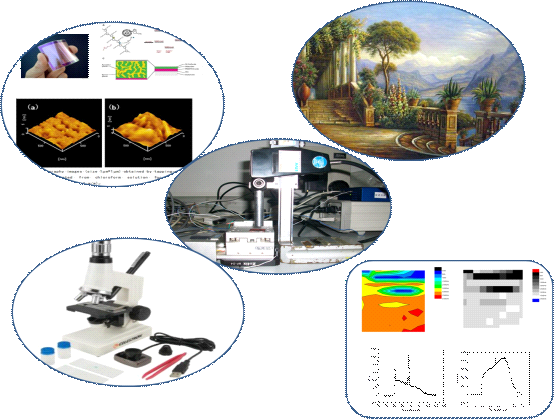
Figure 1: Application of the Raman Spectroscopy combined with moving stage 1) Analysis of the organic solar cell active layer donor (P3HT), as well as acceptor (PCBM) distribution. The morphogy plays a key role in power conversion efficiency (PCE); 2) the instrument could study the surface distribution of organic dyes in artwork such as an oil painting; Understanding the dye distrubution could lead to effective protection and reproduction of artistic masterpieces. 3) The moving stage has potential to be connected with microscopy.
Products:
NI hardware: NI USB 6008
NI software: Labview 8.5
Other Software and hardware:
SEIKI Moving stage
Raman Spectroscopy (BWTec Corp.)
Two five-phase stepper motor driver
Power supply
BW Spec software
Java
Matlab
The Challenge:
The goal of this project is to combine a 2-d moving stage with commercially available Raman spectroscopy hardware for
the development of a system to conduct surface chemical mapping.
The Solution:
Device Design and Construction
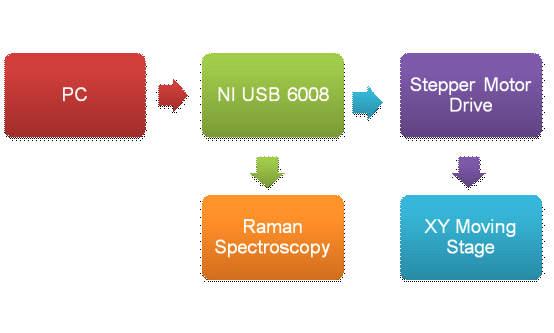
Figure 2 Flow diagram of instrument arrangement
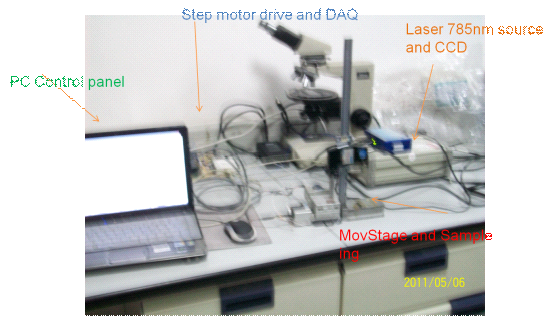
Figure 3: The picture of the whole instrument setup.
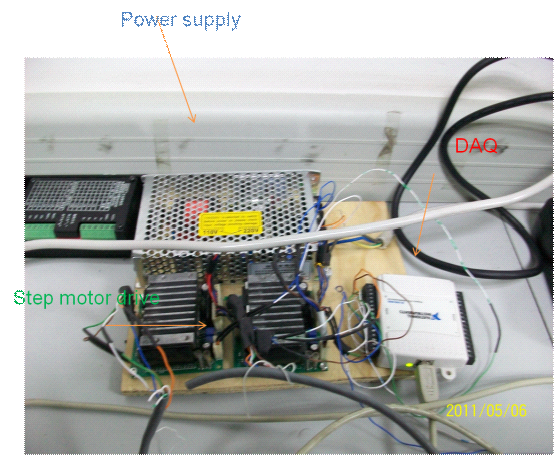
Figure 4: The stepper motor drive and DAQ.

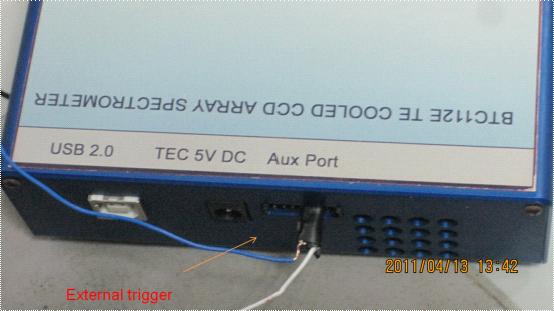
Figure 5 The Moving Stage Figure 6 The external trigger in Raman CCD
Signal Acquisition
1) Moving stage Scheme
F
Figure 7 "S" type Mapping method
For a demonstration of the S type moving please check the video in the attachment. In the video, the Y axis motor will only move for once followed by the X axis motor moving back and forth.
2) Control panel and Labview coding and screen of BWSpec Screen
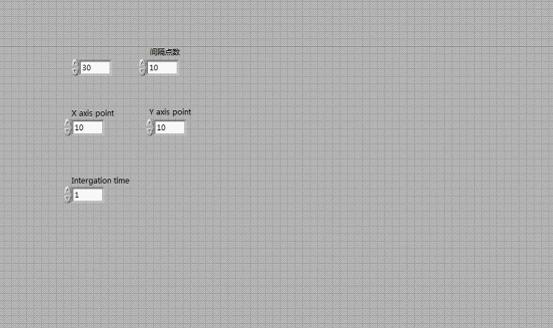
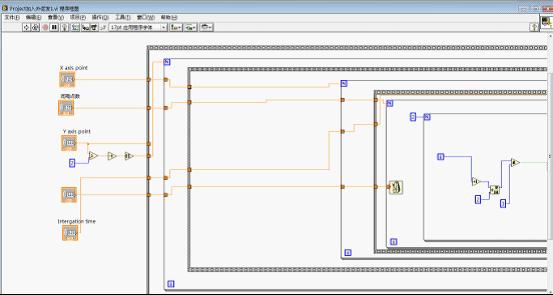
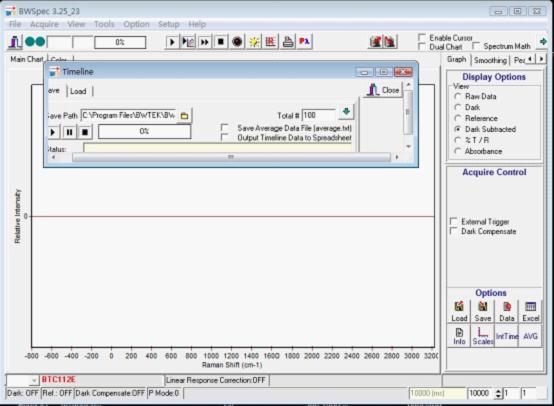
We are still working on the optimization of the control panel to implement new mapping modes like "Z" type or manual moving (by typing the axis). Normally, we have intergration time to match the Raman Spectroscopy, Moving Speed, X,Y axis Moving Distance.
3) Output
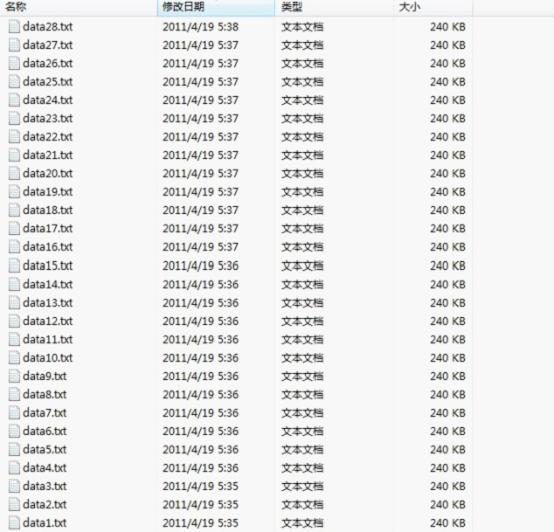
Figure 8 Output of txt files
4) Moving Stage Calibration
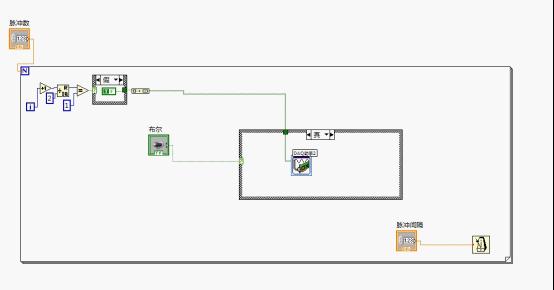
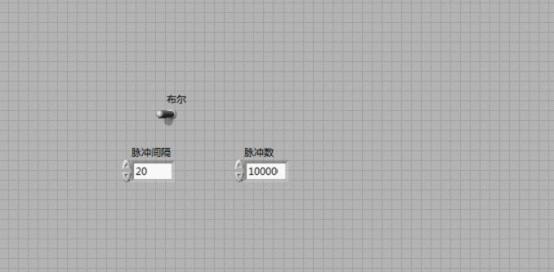
Figure 9 Moving Stage Calibration Code Figure 10 Moving Stage Calibration Control panel
Calibration Table
| Pulse | Moving Distance(mm) |
|---|---|
| 200 | 0.76 |
| 1000 | 2.09 |
| 2000 | 4.17 |
| 3000 | 5.97 |
| 5000 | 10.24 |
| 10000 | 20.49 |
From the table above we could get one pulse (one step of the moving stage) to an accuracy of 2.048 micron.
Sample Prepartion
The organic solar cell film was prepared by using pure P3HT (Mw=100000) and PCBM through an 8K spin coat method onto the surface of ITO glass. In addition, we carried out measurements of Sulfur distribution in the glass because Sulfur has a strong Raman signal.
Data Proccessing
1) Java Program
Different compounds have specific Raman signals. In this Java program you could input the peak position or an acceptable range for the peak(enviromental factors often lead to small deviations in peak position). This program can provide peak intensity information.
2) Raman Spectrum and 2-D imaging by Matlab
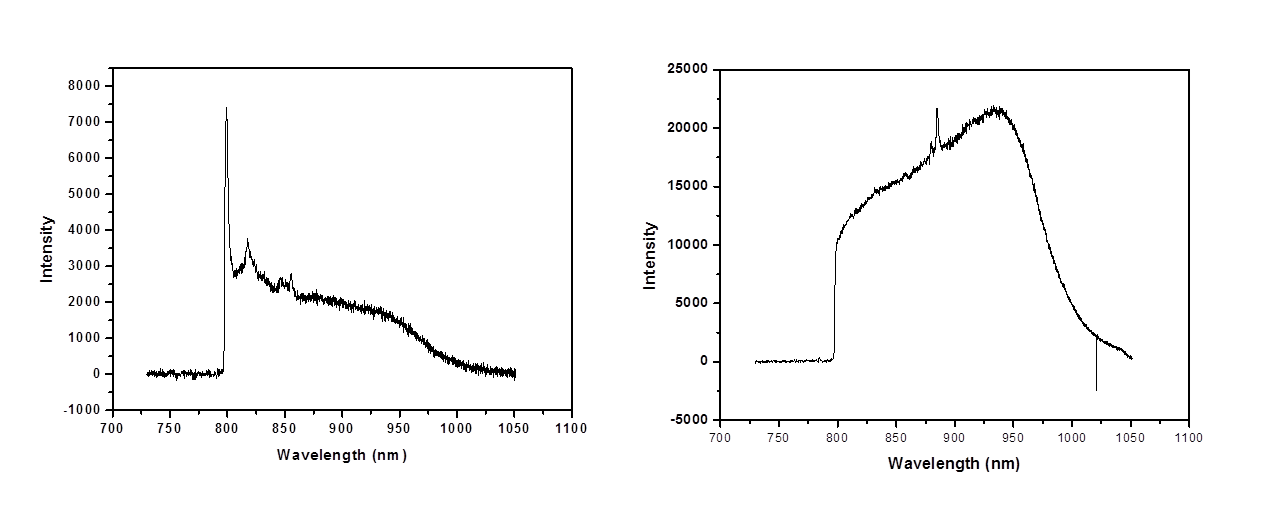
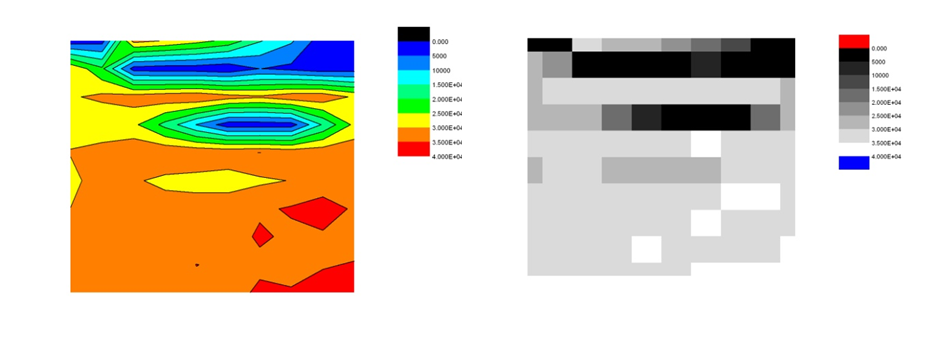
Future Plan
We will optimize the labview coding to get close-loop program to get feedback information. Moreover, we will functionalize the coding to gain different scanning modes. We would like to have the moving stage scan some oil painting to get dye distribution in a large scale area. In a small scale area we hope to map the cell and use the Raman spectrum to draw contour images of the cellular membrane.
We are preparing for final examinations, so unfortunately the work has been stopped. Hopefully, we will pass our courses and won't have to retake them this fall. God be with everyone in our Advanced Inorganic course.
Acknowledgments
I would like to thank Professor Weiqing Xu and Phd Haibo Li who introduced me to this interesting field.
I would also like to thank the Xu group for their guidance in this work. I'd like to submit this work in commemoration of my undergraduate life at Jilin Universtiy.
I would like to thank the Wenjing Tian's group member Phd Zhaoyang Liu who provided the organic solar cell film as well as give my thanks to the whole group for teaching me an enormous amount when I participated in an undergraduate innovation program.
As the club president I would like to thank the Crazy Instruments members for their support, especially the club supervisor Dr. Steven Nielsen and the club vice president Blake Wilson.
I would like to thank the freshman Douc at UTD who provided some work in the Java programming.
Finally I would like to thank all my friends and the people who take time read all our work.
- Mark as Read
- Mark as New
- Bookmark
- Permalink
- Report to a Moderator
I will upload the Labview coding after final exam. Thank you very much
- Mark as Read
- Mark as New
- Bookmark
- Permalink
- Report to a Moderator
Perfect projects!
- Mark as Read
- Mark as New
- Bookmark
- Permalink
- Report to a Moderator
quite interesting and useful!
- Mark as Read
- Mark as New
- Bookmark
- Permalink
- Report to a Moderator
Combined with solar cells, excellent device.
- Mark as Read
- Mark as New
- Bookmark
- Permalink
- Report to a Moderator
Really cool project! I believe this could be a very useful analytical tool.
- Mark as Read
- Mark as New
- Bookmark
- Permalink
- Report to a Moderator
Good job
- Mark as Read
- Mark as New
- Bookmark
- Permalink
- Report to a Moderator
very good
- Mark as Read
- Mark as New
- Bookmark
- Permalink
- Report to a Moderator
nice
- Mark as Read
- Mark as New
- Bookmark
- Permalink
- Report to a Moderator
perfect!
- Mark as Read
- Mark as New
- Bookmark
- Permalink
- Report to a Moderator
Updated with Labview program. Although pass the courses, I was kicked out by my boss. Sad story
- Mark as Read
- Mark as New
- Bookmark
- Permalink
- Report to a Moderator
great work and i help this could be optimizated later
- Mark as Read
- Mark as New
- Bookmark
- Permalink
- Report to a Moderator
Great work ever see
- Mark as Read
- Mark as New
- Bookmark
- Permalink
- Report to a Moderator
能不能加你QQ 343719834
